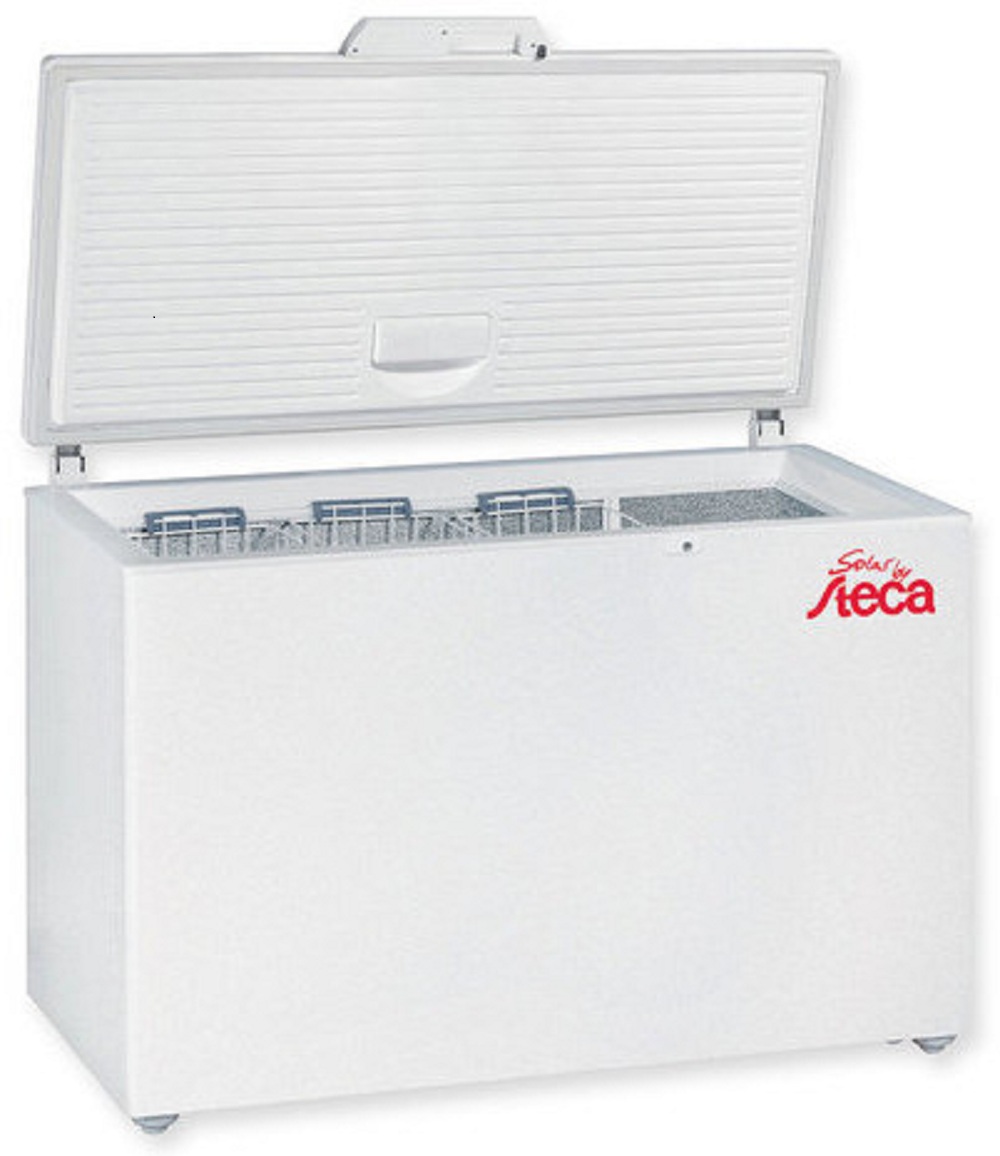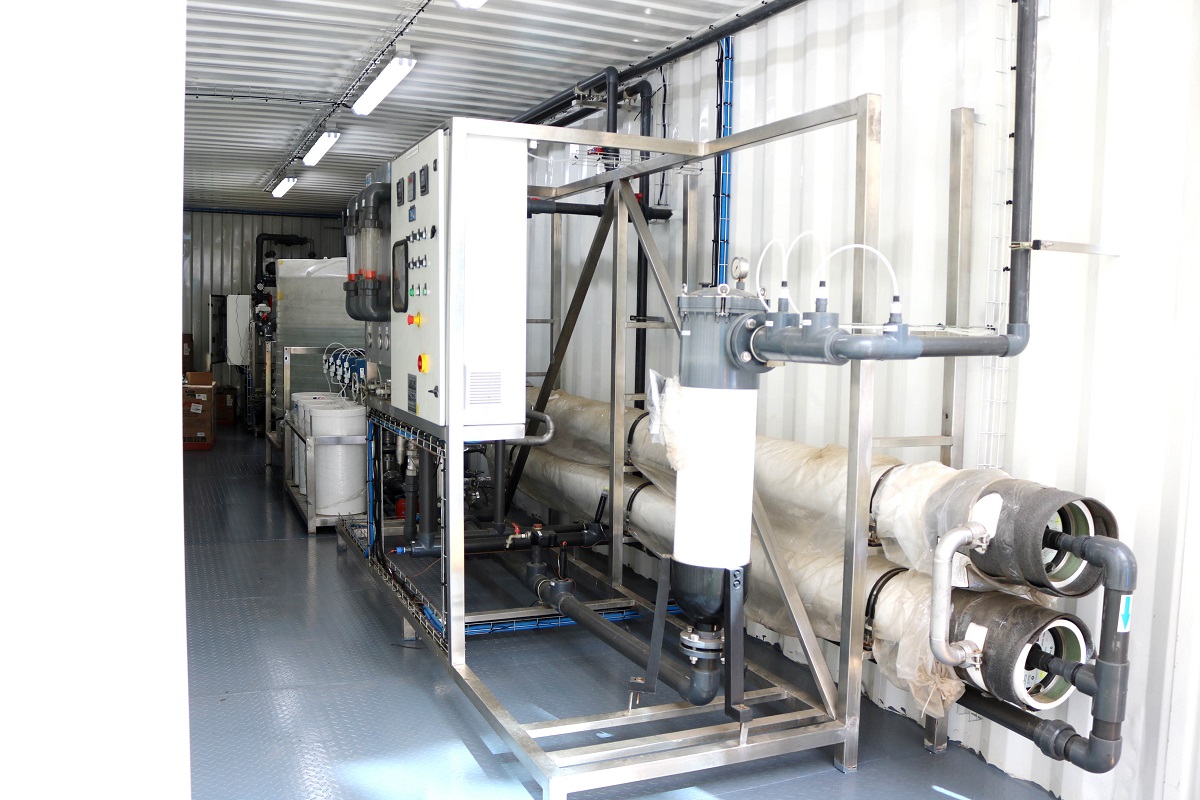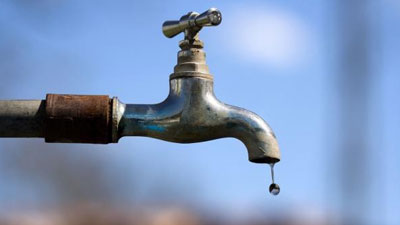The dairy sector in the country is set to benefit from a new solar-powered milk cooling system that will see small scale dairy farmers reaping the greatest benefits.
This innovation that is a partnership between Kenya’s leading water and energy solutions company Davis & Shirtliff and the University of Hohenheim with support from German International Cooperation Agency (GIZ) comes at a time when the country is enjoying a two-year high in milk production thanks to the on-going rains.
The solar-powered milk cooling system, is an assembly of a Steca DC refrigerator equipped with an intelligent adaptive controller that converts the refrigerator to a smart ice-maker that operates depending on the availability of solar energy.
“The smart ice-maker has a capacity of 160 liter and can produce up to 13 kilos of ice per day. The systems are supplied with 25, 2kg capacity reusable plastic containers, and two, 30 liter insulated milk cans with removable ice compartment. The system is powered by 600 Watt peak (Wp) solar PV modules and two batteries with a total capacity of around 1.5kWh,” Davis & Shirtliff Group CEO David Gatende explained speaking in Nairobi on Monday.
Small scale dairy farmers who produce between 5 liters and 30 liters a day are set to be the greatest beneficiaries of this innovation that has already been piloted in Siaya, Kakamega and Bungoma counties.
The need for this innovation was born from the need for cater to the losses that small scale dairy farmers incur due to poor storage systems for their milk and to avoid a situation where farmers dump milk thanks to oversupply especially in times of a milk glut.
“Milk produced by small scale farmers, in most of the cases, is transported to milk collection facilities without any form of cooling. Lack of proper hygiene and cleaning procedures introduces bacteria in the milk which grows quickly during the short-term storage on the farm and during transportation. Under warm climatic conditions, the bacteria in the milk can exceed the maximum count prescribed by food safety laws after about two to five hours. This fact leads to high rejection of milk at the collection centers or at the dairy plants,” Gatende noted.
He added: “For the same reason the evening milk is also not collected hence causing additional on-farm losses. The purpose of this system is to improve the milk quality and hence reduce the farmers’ loss. A small scale solar powered milk cooling system therefore is an important inclusion which can support the milk value chain at the farm. The off-grid milk cooling solution would support small scale dairy farmers who often work under conditions where power supply is either absent or unreliable.”
With milk production in the country being at an all-time high and with the government having stopped the importation of powder milk, investment groups can benefit from this innovation and play a part in stabilizing the milk prices.
READ: HEADS ROLL AS NEW SCANDAL HITS NCPB
“Investment groups can purchase the system and develop a business model where they offer small scale farmers the milk cooling service or sell ice. This will create revenues streams for the investors, employment to the masses and increased milk production hence more household income. For the milk processing factory, it means plenty and better-quality milk,” Gatende said.












Leave a comment